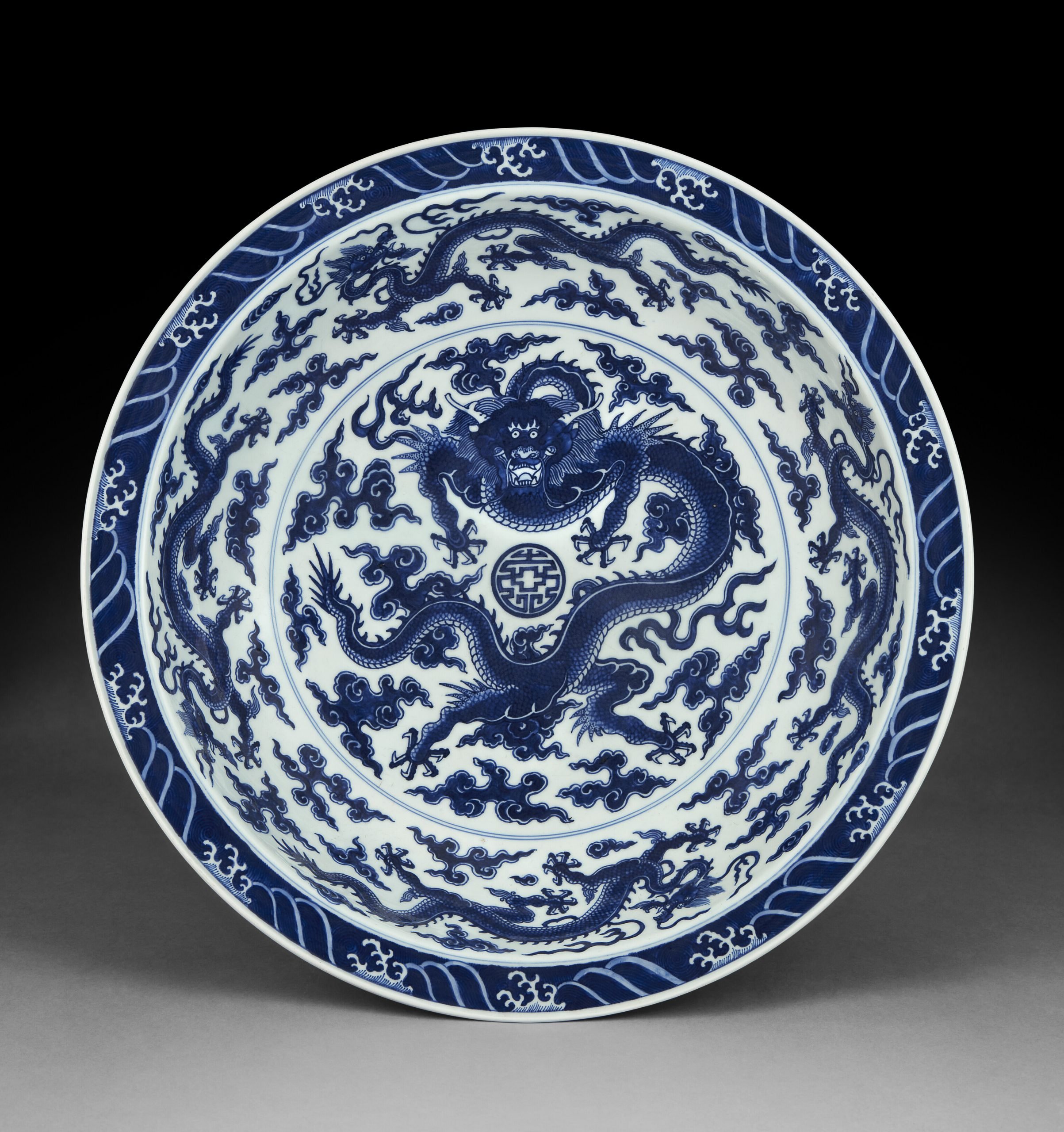
More American-based buyers are purchasing Asian works of art in recent years, in addition to the existing groups of buyers from the greater China region, a top Christie’s executive said ahead of its Chinese works of art sales coinciding with the Asia Week New York.
“The largest quantities of our buyers have been in greater China, with more than 70 percent of our lots purchased by buyers in greater China, noted Vicki Paloympis, the head of the Chinese works of art department at Christie’s in New York. Greater China refers to mainland China, Hong Kong, Taiwan, and Macau. But, Paloympis added that in recent years, “we have also seen very strong buying from the U.S., with numbers steadily increasing every year.”
Among these American-based buyers, some are Chinese clients based in America, and some are clients who are not ethnically Chinese, Paloympis explained. More buyers have been responding to the recent online and digital outreach initiatives, she noted, and the house’s online sales “have worked to bring in more new buyers, as they include lots at a slightly lower price point. These buyers often grow into more seasoned collectors.”
Christie’s Asian Art Week sales feature two auctions dedicated to Chinese works of art on March 21 and 22. A total of 340 lots are on offer, with works dating from the Neolithic period of the 3rd millennium B.C.E. all the way to the 20th century, and including a variety of materials: ceramic, jade, bronze, hardstone, furniture, cloisonné, Buddhist bronzes, and textiles.
Property from the collection of Dorothy Tapper Goldman, a very rare gilt-bronze ‘goose-neck’ vessel, Eastern Han dynasty (25–220 C.E). Courtesy of Christie’s Images Ltd 2024.
Of these, 120 lots come from the collection of Dorothy Tapper Goldman, the late American philanthropist and collector who was known for auctioning an original printed copy of the U.S. Constitution for a record amount in 2021. Among the trove of treasures from the Tapper Goldman collection are a gilt-bronze goose neck vessel dated to the Eastern Han dynasty (25–220 C.E.), which has a presale estimate of $50,000 to $70,000.
Other highlights included a nearly 18-inch large blue and white dragon dish from Qing dynasty’s Yongzheng emperor period (1723–1735), which is the cover lot of the sale. The coveted work with the Yongzheng six-character mark on the dish’s bottom originated from the collection of the T.Y. Chao Family and was widely exhibited in Hong Kong in the 1970s before it was sold at a Sotheby’s sale in Hong Kong in 1986. It’s expected to sell for between $300,000 and $500,000.
Another notable piece is a Ge Foliate dish from the Southern Song to Yuan dynasty (1127-1368). The five-and-a-half-inch dish features opaque blue, grey- and cream-toned glazes with deliberate subtle crackles—known in Chinese as jinsi tiexian (golden thread and iron wire)—and was a prized item during the era in which it was made. Works like this are a “rarity” in the market, noted Paloympis. The dish, which comes from the Linyushanren Collection in Japan, is the top lot of the sale and is expected to fetch $1.8 million to $2.5 million.
A rare Ge Foliate dish from Southern Song to Yuan dynasty (1127-1368) from the Linyushanren Collection, Japan. Courtesy of Christie’s Images Ltd 2024.
This week’s sales also feature a group of jades consigned by the Legion of Honor at the Fine Arts Museum of San Francisco that previously belonged to the late Helene Irwin Fagan.
Despite recent reports of China’s economic downturn and property crisis, the auction house did not observe a strong correlation between the country’s economy and the sale results, Paloympis said, as the buying pool remained steady. Chinese works of art that have strong provenance from notable collectors, especially those who have global standing, are still sought-after, she noted.
Some of the most desirable names include American collectors such as Stephen Junkunc III, Samuel C. Davis and Robert Ellsworth, renowned Chinese collectors such as E. T. Chow, T. Y. Chao, Chinese dealers who operated globally, such as C. T. Loo and C. F. Yao, the Japanese Linyushanren collection, and the esteemed Japanese dealer Mayuyama, she added.
“Provenance illustrating a deep history in the collections of well-known collectors, scholars, and dealers adds both a reassurance of authenticity to a piece, as well as a collecting history that are very desirable to buyers in the current market,” Paloympis said.